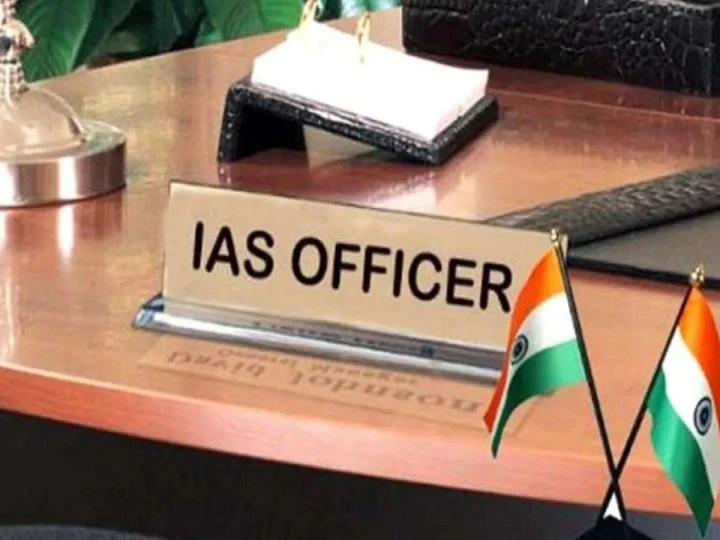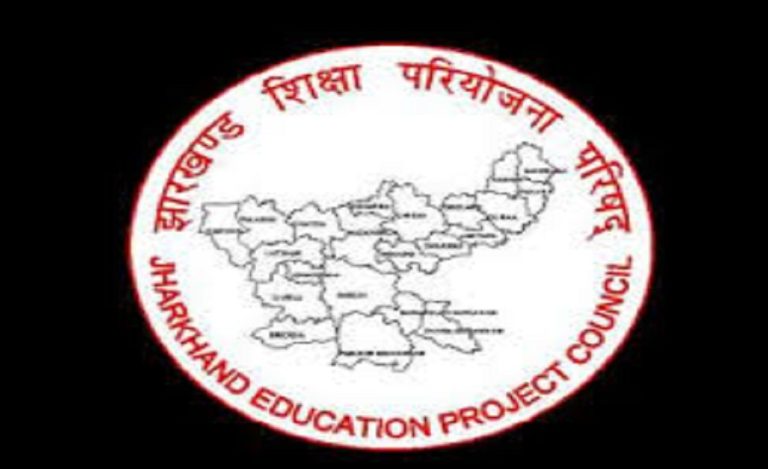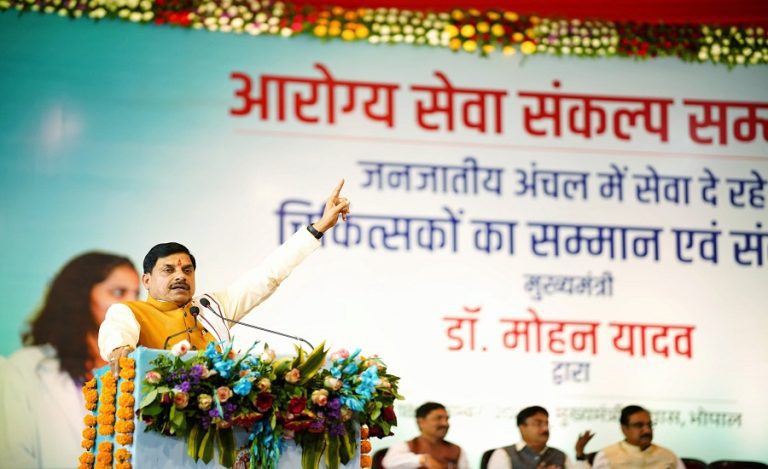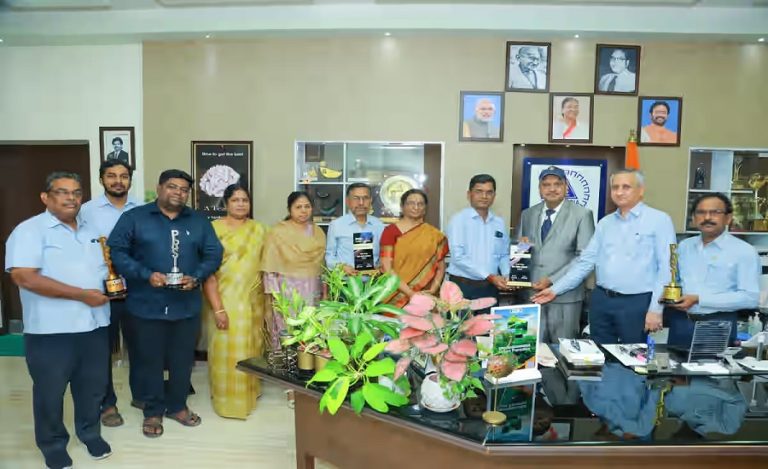Shillong: Meghalaya Chief Minister Conrad K. Sangma reiterated his government’s long-standing demand to establish a separate IAS cadre for Meghalaya, expressing optimism that the central government’s nod may come soon.
He made these remarks at the annual conference of the Meghalaya Civil Service Officers’ Association (MCSOA), underscoring that reforms for the Meghalaya Civil Service (MCS) are a top priority.
“I have been pursuing the creation of a separate Meghalaya cadre since 2019, and I am hopeful this will soon be achieved.”
Why Meghalaya Wants a Separate IAS Cadre
Since 2019, Sangma and his administration have pushed for a distinct cadre so that Meghalaya’s administrative needs can be better addressed by officers fully dedicated to the state.
Currently, Meghalaya is part of a joint cadre with other northeastern states. Critics argue that this arrangement dilutes attention on local issues, delays postings, and impedes administrative continuity.
A separate cadre would allow more flexibility in transfers, promotions, and localized governance.
The CM also emphasized that the MCS must be strengthened, with better training, career prospects, and institutional support — reforms he calls essential for better governance.
What Sangma Said at the MCSOA Conference
Sangma praised the dedication of MCS officers and reaffirmed that the purpose of public service is to positively impact citizens’ lives.
He urged them to remain purpose-driven even when ranks or designations change: “positions and ranks will change, but the purpose must remain constant.”
He stressed empathy and initiative in governance, saying: “India will truly begin to change when politicians learn to say ‘no’ and officers learn to say ‘yes.’”
To support the cadre movement, Sangma drew attention to Meghalaya’s growth: the state is currently one of the fastest growing economies in India, with over 10 % growth and projections of 12-14 % in the coming years.
Key Proposals from MCSOA and the Challenges Ahead
At the gathering, MCSOA President Ashish M. Sangma presented a set of demands to the state government:
- Recognition of MCS as the premier state service.
- Timely promotions and reduced qualifying years for promotion.
- Increasing retirement age from 58 to 60 years.
- Appointment of MCS officers as Deputy Commissioners in certain districts.
- Regularisation of contractual posts and smoother career progression.
On the government side, assurances were made:
Communications have already been sent to UPSC and DoPT (Department of Personnel & Training) to consider promotions and cadre restructuring.
The state is working on training programmes, including induction training abroad and mid-career training for officers moving into policymaking roles.
Housing facilities in Shillong for officers and better institutional infrastructure were also discussed. However, hurdles remain: obtaining the Centre’s approval, the complexities of cadre restructuring, inter-state administrative balance, and ensuring enough IAS officers opt to serve in Meghalaya.
Wider Implications: Importance of Meghalaya separate IAS cadre plan
A separate IAS cadre can:
- Improve administrative accountability by having officers fully aligned with Meghalaya’s priorities.
- Facilitate speedy decision-making and reduce delays in transfers and postings.
- Encourage talented officers to stay longer in the state, instead of being posted elsewhere.
- Strengthen local governance, particularly in remote tribal and hilly areas.
Such a move, if approved, could become a template for other smaller states seeking more autonomy in administration.
What’s Next & What to Watch
- Decision from the Ministry of Home Affairs / DoPT on cadre separation.
- Responses or objections from other northeastern states currently sharing the cadre.
- The extent to which MCS reforms are implemented (promotions, training, welfare).
- The effect of this push on internal politics, state vs Centre relations.
With momentum and public backing, Meghalaya’s demand for a standalone IAS cadre may see daylight soon — a crucial change for administrative sovereignty and responsive governance.



























